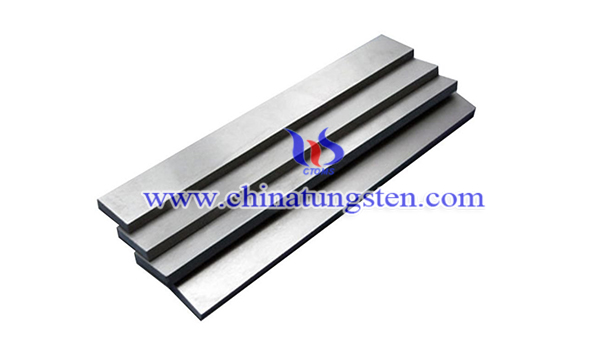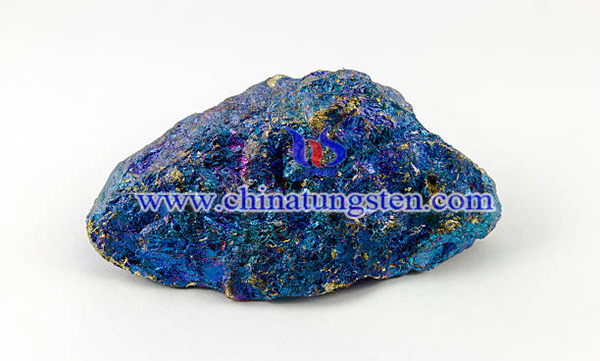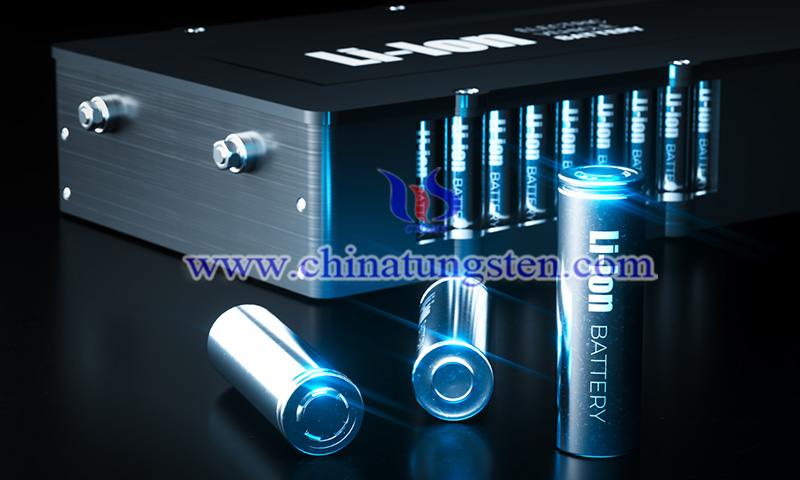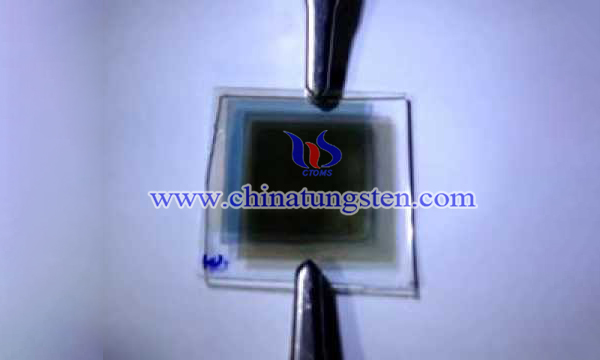The Advantages of Tungsten Alloy Applied in Medical Shielding
- Details
- Category: Tungsten Information
- Published on Thursday, 10 February 2022 22:58
- Written by yuntao
- Hits: 1213

Tungsten alloy has the advantages of high density, machinability, good corrosion resistance, and high radiation absorption capacity, and high strength. It is widely used in the fields of aerospace and automotive industries and radiation shielding.
Read more: The Advantages of Tungsten Alloy Applied in Medical Shielding
Molybdenum Improves Cathode Materials’ Performance in Li Batteries
- Details
- Category: Tungsten Information
- Published on Tuesday, 08 February 2022 23:06
- Written by Caodan
- Hits: 1206

A study at the University of Queensland has shown that tungsten and molybdenum (Mo) can improve the electrochemical properties of the cathode materials in Li batteries. As the driving range of electric vehicles increases, more nickel is needed to increase energy density, but this also reduces cycle stability. Tungsten and Mo improve stability by enhancing structural stability and resistance of the cathode material surface layer to electrode/electrolyte side reactions.
Read more: Molybdenum Improves Cathode Materials’ Performance in Li Batteries
CuS-WO3 Photochromic Film for Smart Window Applications
- Details
- Category: Tungsten Information
- Published on Thursday, 20 January 2022 01:53
- Written by yuntao
- Hits: 1506

Among the transition metal oxides, tungsten trioxide (WO3) has attracted much attention and has been widely studied due to its many interesting structures and defect characteristics. The numerous applications of WO3 optical and electronic devices include electrochromic (EC) smart windows, flat panel displays, tunable EC photonic crystals, and gas sensors. However, its higher band gap energy (2.6-3.6 eV) limits its application. Therefore, the low frequency near infrared light (NIR) cannot be blocked.
Read more: CuS-WO3 Photochromic Film for Smart Window Applications
Tungsten Improves Electrochemical Performance of Cathode Materials for Li Batteries
- Details
- Category: Tungsten Information
- Published on Tuesday, 08 February 2022 23:02
- Written by Caodan
- Hits: 1367

A study conducted by researchers at the University of Queensland has shown that the specific properties of metallic materials such as tungsten (W) and molybdenum (Mo) could improve the electrochemical properties, especially the cycle stability, of cathode materials in Li batteries. Ni–Co–Mn ternary oxide materials (NCMs) and Ni–Co–Al materials (NCAs) are widely used as cathodes in lithium ions for electric vehicles. Increasing the driving range of electric vehicles necessitates a raise of the nickel content to increase the energy density, which, however, degrades the cycle stability.
Read more: Tungsten Improves Electrochemical Performance of Cathode Materials for Li Batteries
Preparation Process of Sprayed WO3 Thin Films
- Details
- Category: Tungsten Information
- Published on Monday, 17 January 2022 14:35
- Written by yuntao
- Hits: 1354

Electrochromism (EC) is a phenomenon that induces a reversible optical change (coloration/bleaching) in a material by applying a small electric field. Tungsten oxide (WO3) is the most widely studied electrochromic material due to its outstanding electrochromic (EC) properties. Materials that can continuously and reversibly change color under reversible electrochemical processes are called electrochromic materials, which have been widely used to fabricate light modulation devices. Among these devices, anti-glare car mirrors have been commercialized, and smart windows are currently driving intensive development.
More Articles...
- Pure Tungsten Pins Is Used for Probes and Cathode Emission
- 3D Printed Collimators for Physical Optics Enables Lower Costs
- This ‘Cesium’ Is Not the Other ‘Cesium’! Cesium, A Substance Leaked from the Fukushima Nuclear Accident, Arrived in the Arctic Ocean and Returned to Japan
- Is Cesium Tungsten Bronze a Radioactive Substance?





 sales@chinatungsten.com
sales@chinatungsten.com